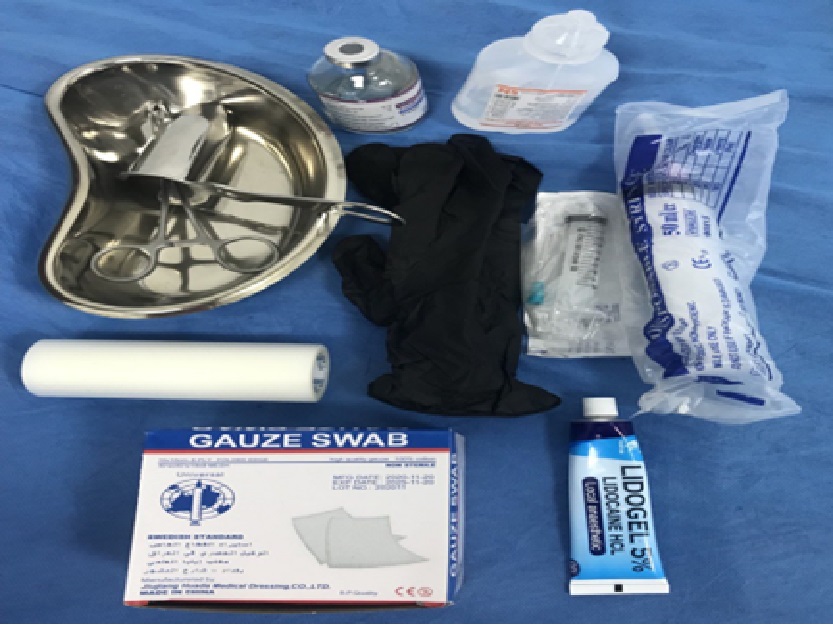Evaluation of 1470nm diode laser used in Haemorrhoidoplasty
Main Article Content
Abstract
Hemorrhoids are a prevalent anorectal issue around the world, which can afflict a large number of
people each year. Hemorrhoidal vein(s): When these veins become dilated and enlarged, they will turn into a morbid
condition called hemorrhoidal disease. Lasers are mainly used to cut and or coagulate tissue. In this study, a 1470nm
diode laser was used for the treatment of 10 cases with 2nd, 3rd, and 4th-degree hemorrhoids enrolled for
hemorrhoido-plasty.
Aim of the study: Evaluation of the use of 1470nm-diode laser for treatment of second, third, and fourth-degree
hemorrhoids by coagulative method and evaluate any possible complications.
Patients, Materials, and Methods: This is a prospective study with ten patients (all male). All patients were
from the private clinic and were operated on using a 1470 nm diode laser for laser hemorrhoidoplasty between June
2022 and October 2022. All patients were surveyed and reported having one or more of the complications listed in the
questionnaire paper (if any). Local anesthetic was used during the procedures.
Results: Patients experience mild pain during the administration of local anesthesia drugs. In the first postoperative
week, mild pain in seven patients (70%) and moderate in three patients (30%). No patient experienced significant
primary bleeding after the operation, and five patients (50%) had a seromucous discharge from the site of the operation
that lasted for two to six days. No patient experienced infection. Urine retention was experienced in two patients
(20%). With the exception of one patient who had minor skin prolapse, all patients saw improvements in their pre
operative symptoms and the disappearance of the hemorrhoid. During the follow-up period, none of them need to have
a second laser treatment session. During the (four-week) follow-up period following the laser hemorrhoidoplasty,
there was no recurrence observed or detected during the follow-up period, which was four weeks after the laser
haemorrhoidoplasty. Every patient goes back to work within three to five days. All patients were satisfied with the
outcome of the operation despite the minor complications that occurred post-operatively.
Conclusion: The clinical application of the 1470nm diode laser in surgical operations shows promise for routine
use. It is a safe, acceptable, and remarkable substitute for traditional surgical treatment techniques and can be regarded
as practical, effective, and easy to use
Received 30 Dec. 2023; Revised 5 Mar. 2024; Accepted 3 Apr. 2024; Published online 15 Jun. 2024
Corresponding Author: [email protected]
Article Details
Issue
Section

This work is licensed under a Creative Commons Attribution 4.0 International License.




